8 Adorable Animals with Surprisingly Terrifying Defenses
Nature is a master of disguise, a realm where appearances often deceive. In the animal kingdom, many creatures that appear endearing and harmless possess a hidden arsenal of adaptations that make them formidable survivors. This duality is not just fascinating but essential for their survival. From the vibrant colors of a dart frog that signal toxicity to the seemingly docile demeanor of a hedgehog that hides its defensive spines, these adaptations reveal a complex interplay between beauty and danger. In this article, we explore how such adorable creatures have evolved fearsome traits, offering a glimpse into the ingenious strategies that ensure their survival in the wild. We will also look at the secrets behind their deceptive appearances and understand the evolutionary pressures that have shaped these astonishing adaptations in them.
1. The Poison Dart Frog
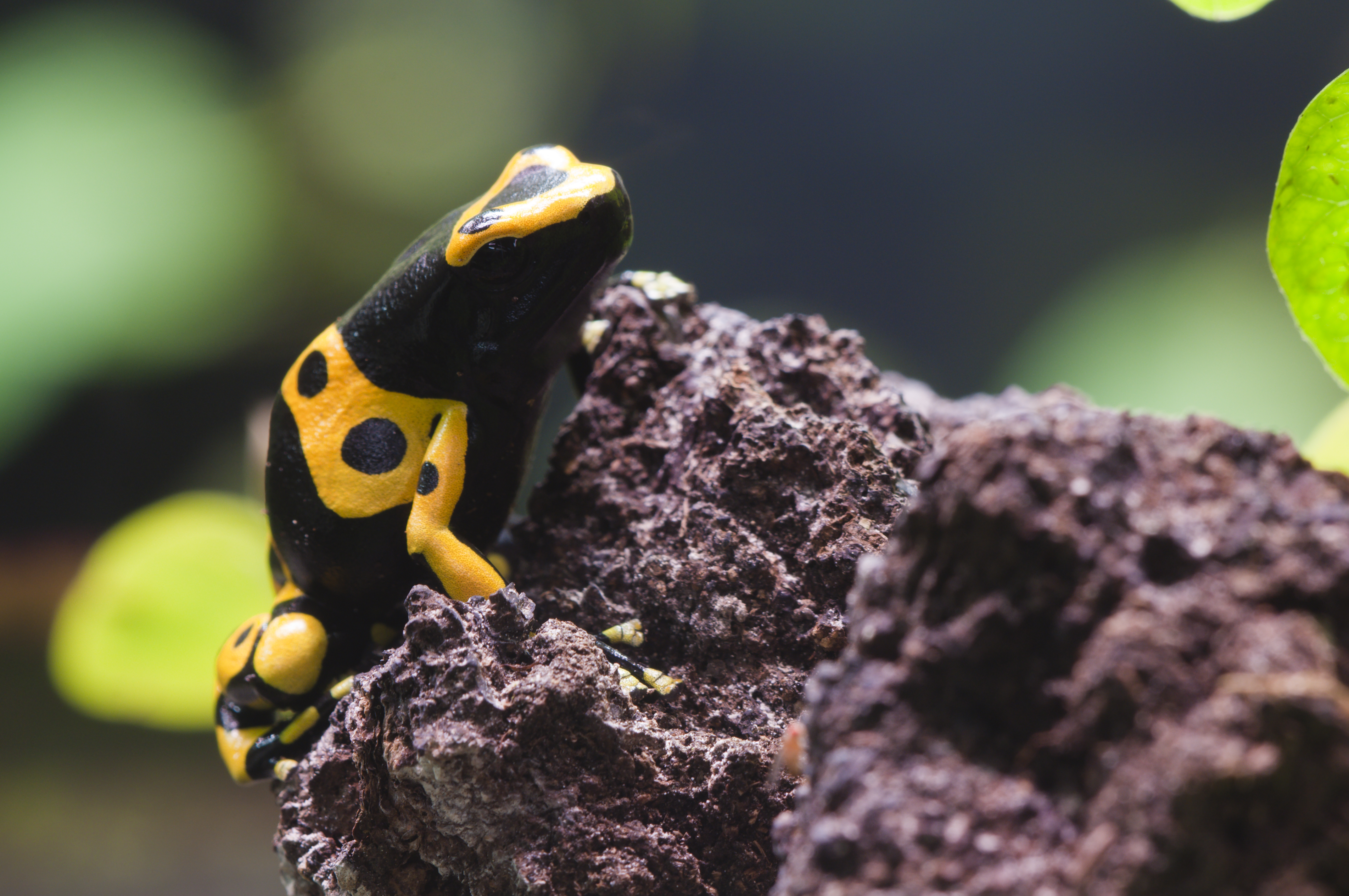
The poison dart frog is a perfect example of how vibrant beauty can conceal lethal capabilities. Found in the tropical rainforests of Central and South America, these frogs are renowned for their striking colors, ranging from bright yellows to deep blues. While their appearance is undeniably captivating, it serves a critical purpose: warning predators of their toxicity. The vivid colors are a classic example of 'aposematism', a survival strategy where bright coloring signals danger. The toxins secreted through their skin are potent enough to deter or even kill potential predators, making them one of the most poisonous creatures on Earth. This duality of beauty and danger goes to illuminate the evolutionary arms race between predator and prey, where the stakes are life and death.
2. The Hedgehog
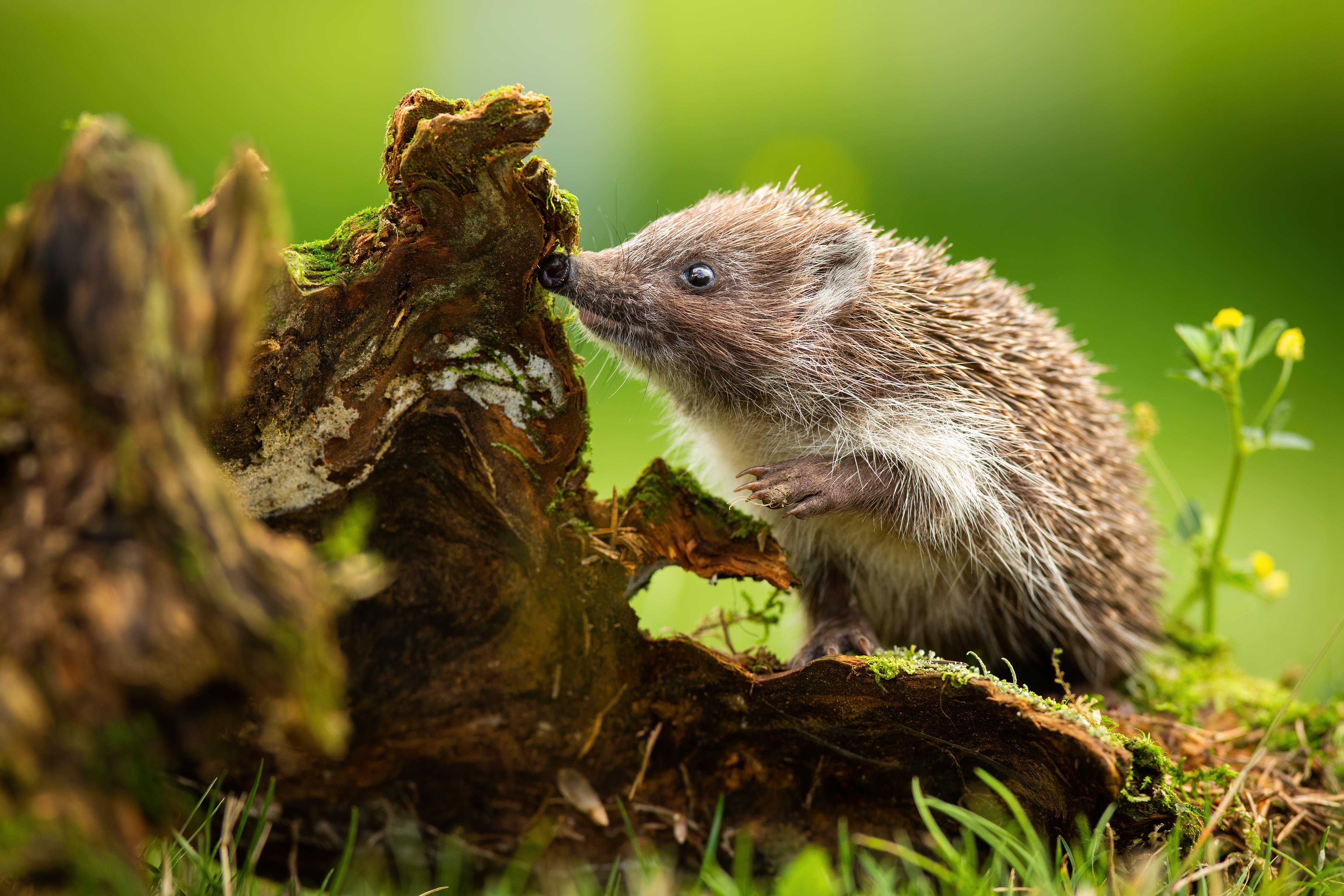
Hedgehogs—with their cute, snuffling noses and endearing waddles—seem like the epitome of harmlessness. Yet, beneath their soft fur lies a formidable defense mechanism: a coat of sharp spines. When threatened, a hedgehog's instinct is to curl into a tight ball, presenting an impenetrable barrier of quills to any would-be predator. This adaptation is not just physical but behavioral, as hedgehogs have evolved to detect threats quickly and respond with lightning speed. The spines are not venomous, but their sheer number and sharpness are enough to dissuade most predators. This unique adaptation is really telling of the hedgehog's ability to transform from an adorable creature into a formidable fortress, displaying nature's ingenuity in equipping even the smallest animals with effective defenses for survival.
3. Slow Loris
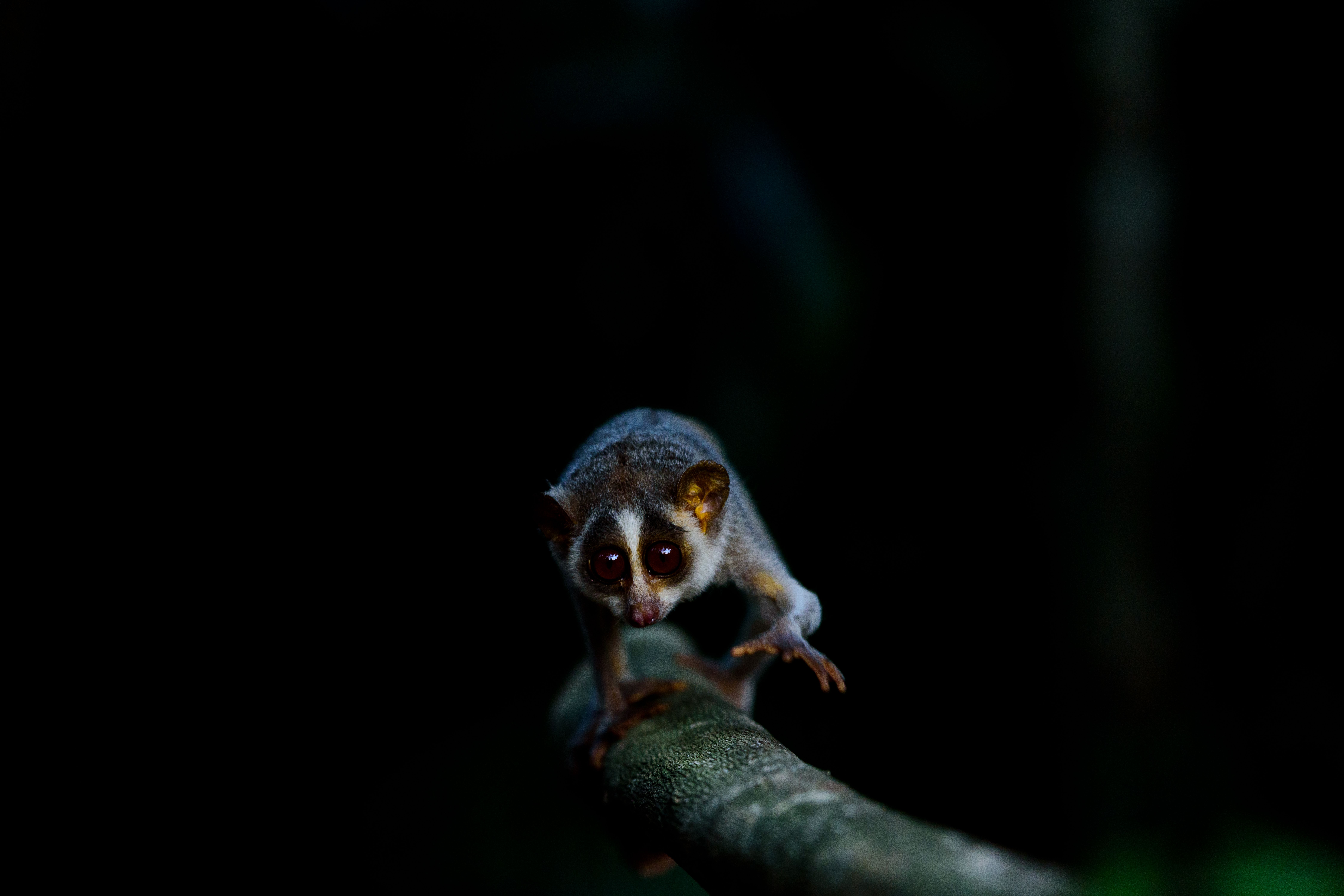
The slow loris, with its large, soulful eyes and gentle demeanor, seems like the embodiment of innocence. However, this nocturnal primate harbors a secret weapon: venom. The slow loris is one of the few venomous mammals, possessing a gland in its elbow that secretes a toxin. When threatened, it can lick this gland, mixing the venom with its saliva to deliver a painful bite. This venom can cause severe allergic reactions in humans and is potent enough to deter predators. The slow loris's seemingly docile nature, combined with its venomous bite, illustrates an evolutionary strategy where cuteness serves as a deceptive facade for a more sinister capability, ensuring its survival in the dense forests of Southeast Asia.
4. The Armadillo
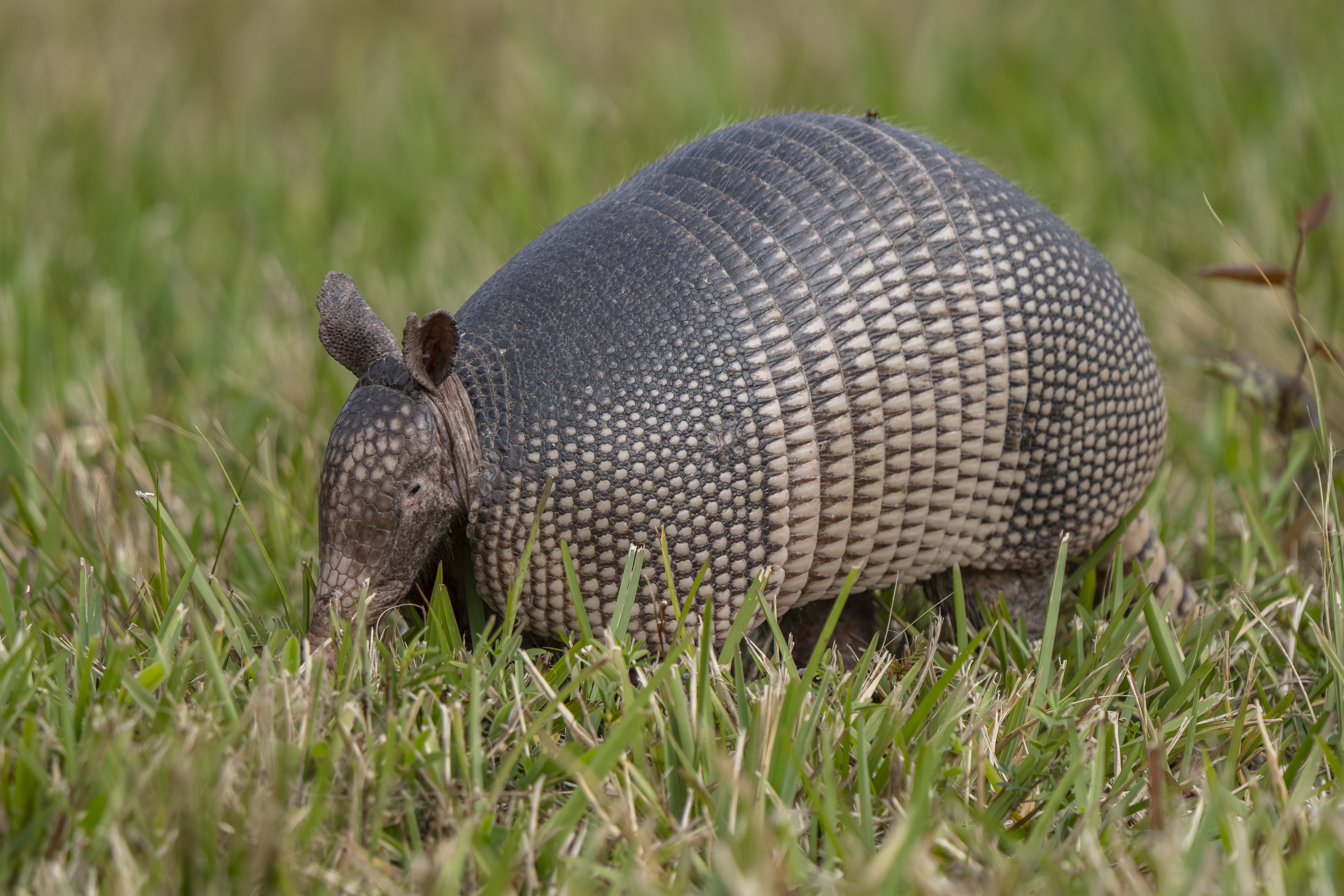
Armadillos are often seen as quaint, bumbling creatures, with their distinctive armored shells and peculiar gait. However, this armor is a sophisticated adaptation that provides significant protection against predators. The armadillo's shell is composed of bony plates covered in tough skin, forming a flexible yet resilient barrier. When threatened, some species can roll into a ball, using their armor to shield vulnerable areas. This defensive strategy is particularly effective against predators that rely on quick, decisive attacks. The armadillo's unique adaptation showcases the evolutionary advantage of developing physical defenses that can deter even the most determined predators, allowing them to thrive in diverse environments across the Americas.
5. The Cuttlefish
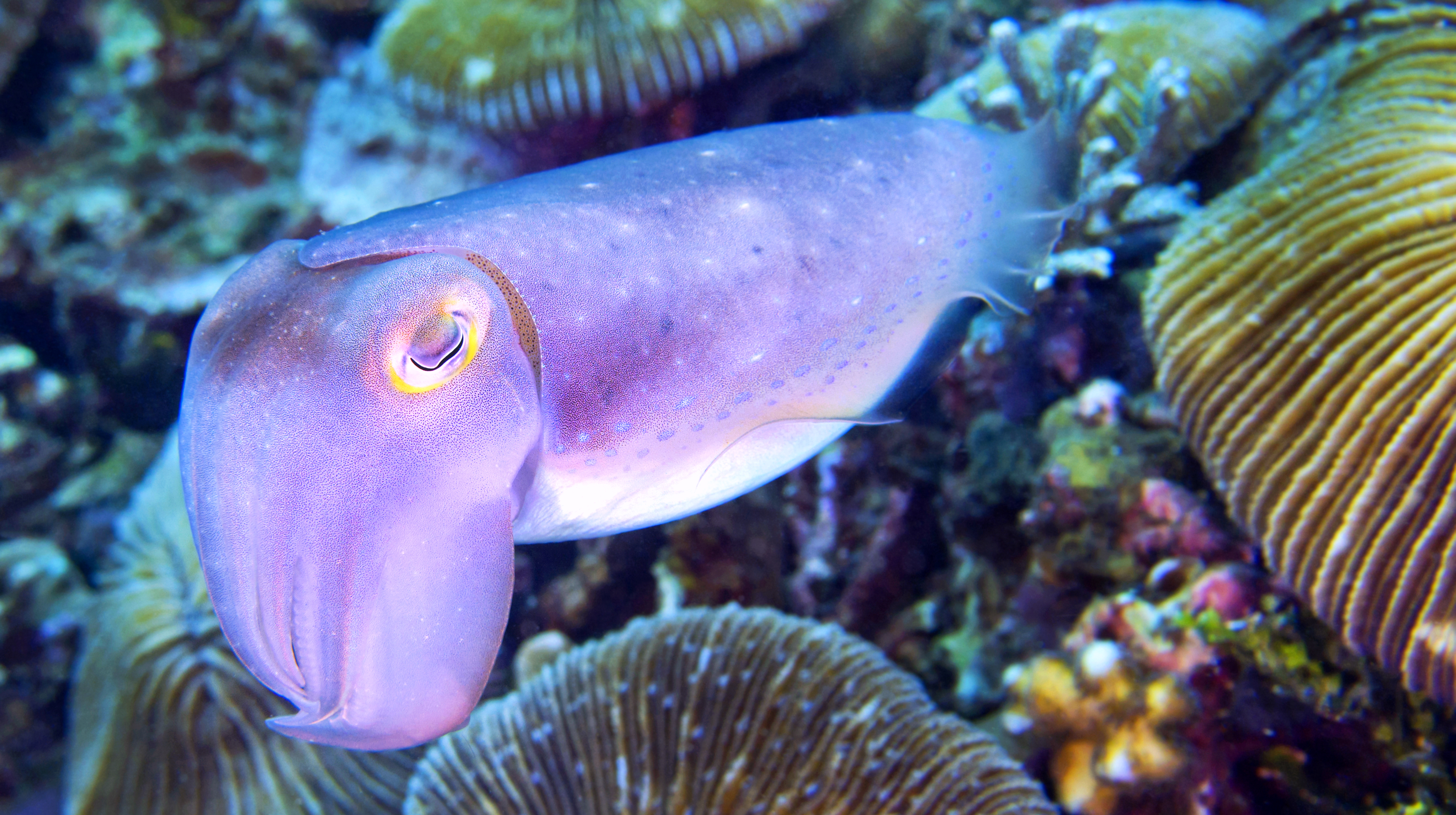
Cuttlefish are masters of disguise, capable of transforming their appearance in the blink of an eye. Despite their alien-like appearance, these cephalopods possess an extraordinary ability to blend into their surroundings, using specialized skin cells known as chromatophores. These cells allow cuttlefish to change color, pattern, and even texture, effectively rendering them invisible to predators and prey alike. This adaptation is not just about evasion; it also serves as a tool for communication and hunting, enabling cuttlefish to ambush prey with remarkable efficiency. The cuttlefish's camouflage is a quiet but assured testament to the evolutionary arms race, where the ability to hide in plain sight can mean the difference between life and death.
6. The Leaf-Tailed Gecko
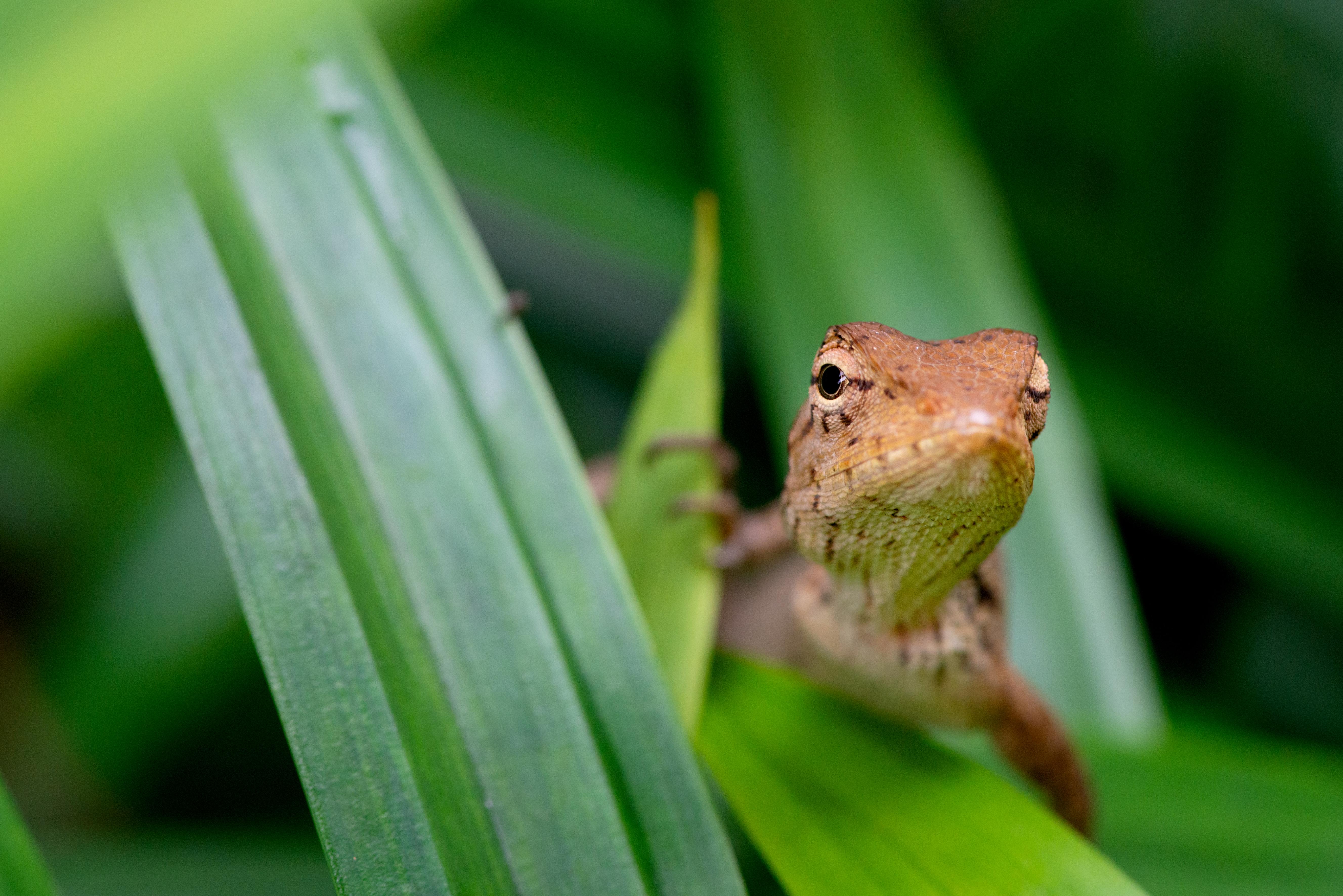
The leaf-tailed gecko, native to Madagascar, is a marvel of evolutionary mimicry. Its body resembles a dead leaf, complete with intricate patterns and textures that make it nearly indistinguishable from its surroundings. This adaptation is a form of cryptic coloration, allowing the gecko to avoid detection by predators. The leaf-tailed gecko's ability to mimic its environment is so precise that it can even sway gently, mimicking the motion of a leaf in the wind. This remarkable adaptation is a prime example of how evolution can shape organisms to adapt creatively to their environments, turning even the most innocuous creatures into masters of deception.
7. The Peacock Spider
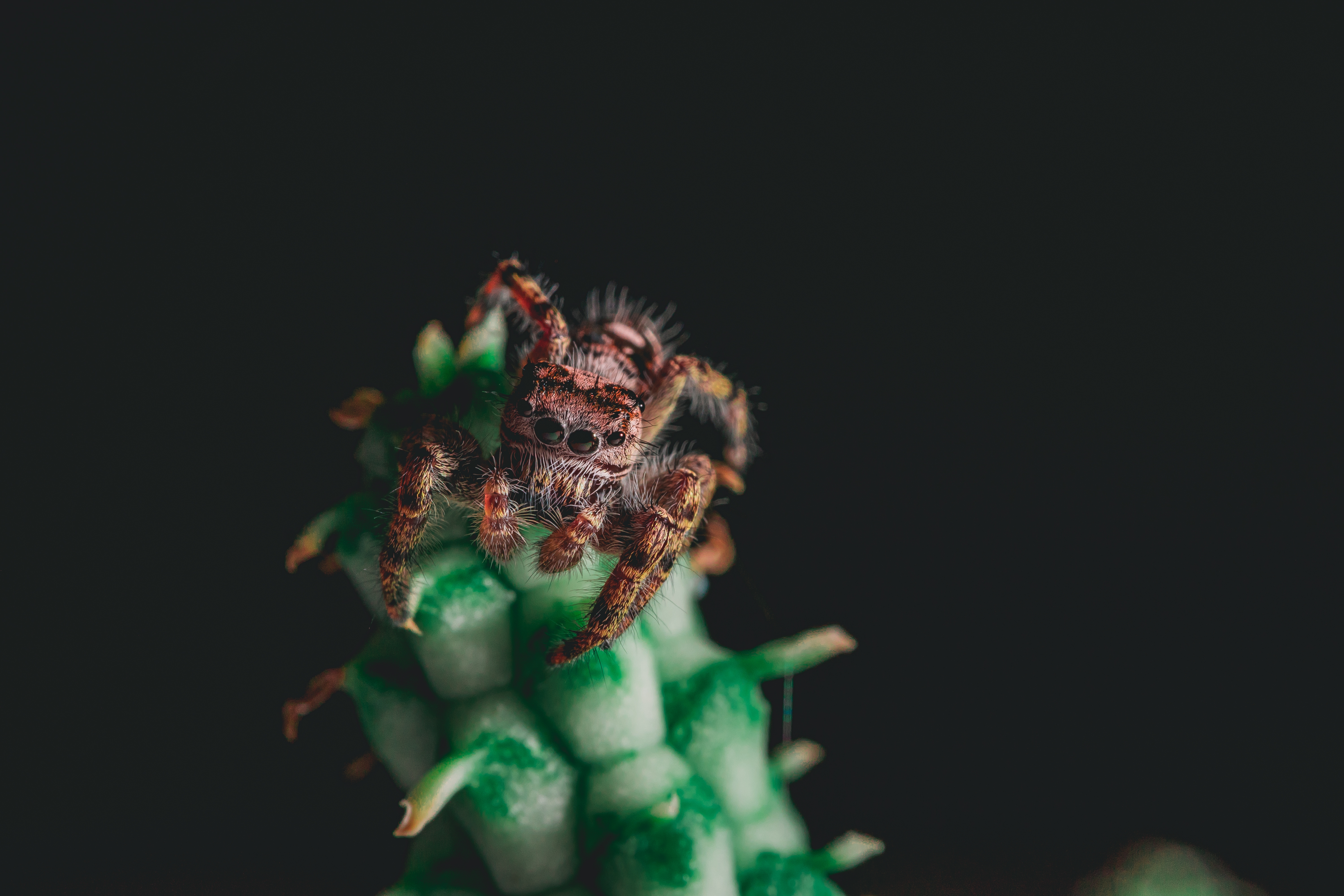
Peacock spiders, despite their diminutive size, are renowned for their vibrant colors and elaborate courtship dances. However, these displays serve a dual purpose. The bright colors and intricate movements are not only used to attract mates but also to intimidate potential predators. By presenting a bold and confident display, the peacock spider can deter threats, leveraging its small size and agility to escape if necessary. This dual-purpose adaptation highlights the complex interplay between attraction and defense, where the same traits that draw in potential mates can also serve as a deterrent to danger, ensuring the spider's survival in the competitive world of arachnids.
8. The Pufferfish
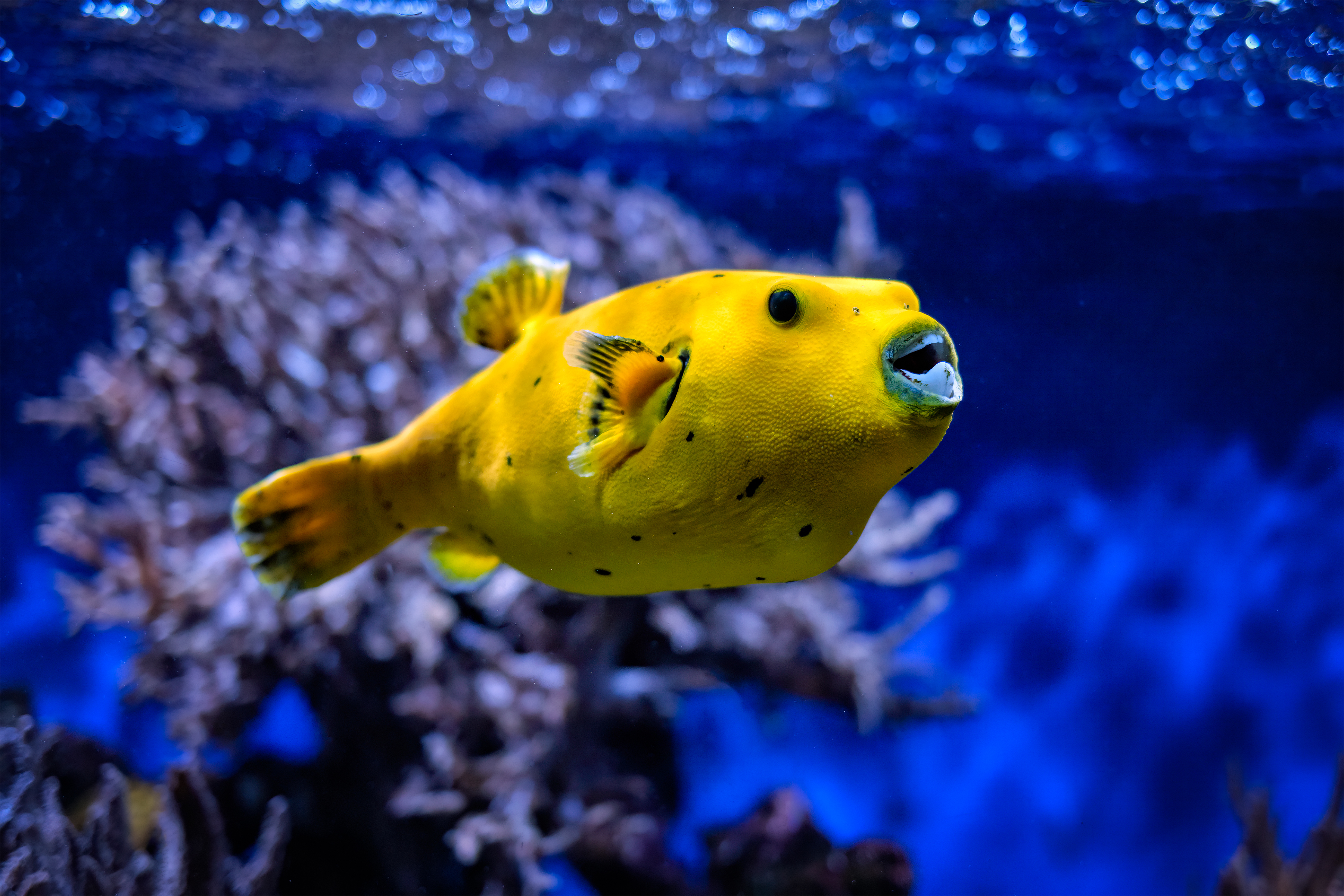
Pufferfish—with their comical, inflated appearance—seem more like cartoon characters than deadly creatures. Yet, beneath their cute exterior lies a potent defense mechanism: tetrodotoxin. This toxin is one of the most powerful neurotoxins known, capable of causing paralysis and death in predators. The pufferfish's ability to inflate its body, combined with its toxic nature, makes it a formidable opponent in the marine world. This dual adaptation of physical and chemical defenses illustrates the lengths to which evolution will go to ensure the survival of a species, turning even the most seemingly benign creatures into lethal defenders.
The natural world is a tapestry of contrasts, where beauty often masks danger. The adaptations explored in this article reveal the intricate strategies that animals have developed to survive and thrive. The evolution of these creatures demonstrate the delicate balance between attraction and defense. Understanding how such adaptations come into play not only deepens our appreciation for the complexity of nature but also spotlights the importance of preserving such unique species and their habitats. As we continue to explore the wonders of the natural world, the incredible diversity of life and the ingenious ways in which creatures evolve to navigate novel challenges of survival continue to be a reminder that resilience is the way of life for all of us.







